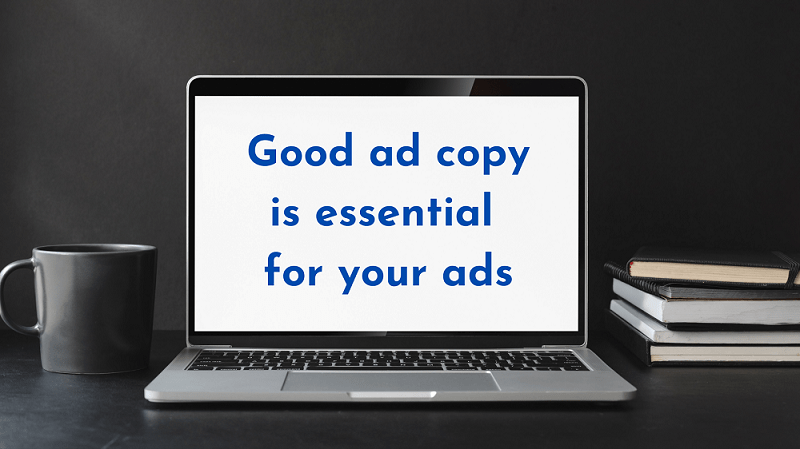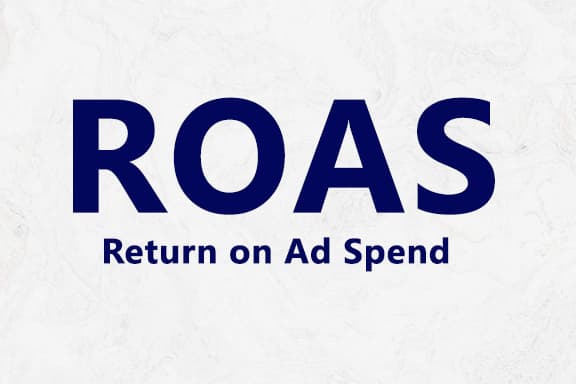A Guide to the ROAS Formula and Improving Your Ad Campaigns
If you’re a business, you’re probably familiar with the term return on ad spend (ROAS). Better yet, you’re curious about the ROAS formula. And how it can and should work for you.
Whether you’re an online e-commerce business or if you have a physical store, you’ve probably dabbled in the world of advertising, particularly Facebook ads.
Depending on what you’re selling, you may have even ventured into Google Ads, PPC campaigns, or any other kind of advertising effort.
In this article, we’re going to talk about what the ROAS formula is, what good ROAS is, and how e-commerce businesses can improve their return on ad spend.
What is ROAS?
Return on ad spend (ROAS) is a metric used to determine the impact and return from your advertising efforts.
It tells business owners and marketing managers if they’re spending is reaping good results or if they should rethink their digital marketing strategy.
ROAS is different from return on investment (ROI). ROI is about the overall returns and costs incurred by your company or store. ROAS, on the other hand, focus on advertising only.
Check out the 46 E-commerce Vocabulary, Metrics and Biz Terms You Need to Know
If you’re spending money on software, ROI is the metric you use to calculate the return of that software on your employees and your bottom line.
You can think of ROAS as being a part of ROI. But not the other way round. You’d need to know if your return on ad spend formula is supporting your business or not. You’ll then want to use ROI to see how your advertising along with other expenses and efforts and translating into revenues and profits for you – or if they aren’t.
What is the ROAS Formula?
The return on ad spend formula is how you calculate your ad spend.
ROAS measures what you get for every dollar you spend on advertising.
This is what the ROAS formula looks like:
ROAS = revenue from ad campaign (divided by) cost of ad campaign = Ratio
The result of this equation is a ratio. You can also take the result of this equation and multiply it by 100 to get a percentage.
ROAS = revenue from ad campaign (divided by) cost of ad campaign x 100 = %
Let’s see the ROAS formula in action.
If you spend $10 on advertising and get $30 in revenue, then your ROAS is 3:1 or 30%.
That’s a simple example. Let’s take a more realistic one about some retailers’ ad spend.

Imagine a furniture store spending $50,000 a year in ads and generating $150,000 in revenue.
To calculate the ROAS for this furniture store, we’d need to divide the revenue from the ad campaign by the cost of the campaign.
That’s $150,000/$50,000 = 3:1 or x100 = 30%
The return on ad spend for this furniture business is 30%.
What is good ROAS?
Now that you know what the ROAS formula is, let’s dive deeper into a commonly asked question:
What is a good ROAS for my business?
To begin, there’s no one-answer-for-everyone for this question.
The reason is ROAS differs based on:
- The size of the business
- How long the business has been present in the market
- The industry of the business
- The cost per lead
- The ad campaign itself
- Overall health of your business
Among other things. But these are the main culprits.
If you want to know how your ad campaign is performing, that is if it has a good ROAS, then you’ll need to “examine your specific scenario, research competitor ROI, and compare your results to the industry standard,” according to Lemonads.
To know whether you’re generating good ROAS, you need to see if your ad campaigns are generating $1 or more for every dollar spent.
Suffice to say, if you’re spending $1,000 on advertising and generating $500, you’re losing money. If you’re generating $1,000, then you’re not making money but you’re not losing it either. Which is still not a win.
If you’re paying $1,000 on ads and generating anything for $1,100 and more, then you’re making a profit – at least in terms of your ads.
What is generally accepted as good ROAS is 3:1 or 4:1, that’s $3 and $4, respectively, earned for every $1 spent.
Other factors that affect your return on ad spend is your business’s life cycle.
“If you’re a cash-strapped startup, you probably want the most bang for your buck. If you’re an established, healthy business, you may be willing to settle for a lower ROAS in exchange for increased brand awareness,” explains Segment.
Improve your ROAS
You know the ROAS formula and have a general idea about what good return on ad spend means.
Now, it’s time to work on your advertising efforts and get a better bang for your buck.
1. Know your customers
You’ve probably heard this before – or more times than you can count. But understanding who your customers are plays a major role in how you create your ads.
If you don’t know who you’re targeting and selling to, chances are you’re going to waste lots of dollars.
Learn more about your customers through these 34 e-commerce quotes by industry experts
One way to focus on your target audience is by using your product’s buyer personas and working your way from there.
2. Segment your customers
You know your customers and buyers, now you want to ensure that your ads reaching them well.
To that and get the most from your ad campaigns, you’ll want to segment your customers. Narrow the segments instead of keeping them broad.
Your customer segmentation strategy will help you group customers based on geography, behavior, demographics, and psychographics.
This will help you understand your customers better, create better-targeted ads, and accordingly sell more because you’re offering customers what they want.
3. Use good ad copy
There’s no doubt that ad copy plays a role in how your customers react to your posts and ads. It can get them to engage with you, buy from you, or leave you.

The best ways to get customers to take action is to have a call-to-action along with one or more of these:
- Social proof (’25 other customers also bought this product’ or ‘4.9/5 stars, rated by 1,000 happy customers’)
- Create a sense of urgency (‘offer ends in 3 days’ or ’10 hours left for the 20% discount’)
- Short, choppy copy that’s to the point and doesn’t bore the customer
A note though: If you use the ‘sense of urgency’ too often, customers will lose faith in your pricing and store. Use with caution.
4. Ensure your website is mobile friendly and loads quickly
Did you know that nearly 49% of e-commerce sales in 2020 were done by customers using mobile phones? (Statista)
It’s true. Data by Statista also shows that by 2021 (this year!), 53.9% of e-commerce sales will be through mobile. And it’s likely the rate will keep growing in the years to come.
This means that if you ads are sending customers to landing page on your website, your site needs to be both mobile friendly and quick to load.
Customers using their phones will quickly leave a site that they can’t view properly or that takes too long to load.
5. Avoid ad fatigue
Ad fatigue is when your customer sees your ad way too many times that they are no longer affected by the ad, the message, or the call-to-action.
You can avoid ad fatigue by changing the images and ad copy for you ads every now and then.
Ad fatigue usually occurs because of a increased ad frequency. Be sure to check your campaigns and stop those that have a low relevance score, if you’re doing Facebook ads..
6. Create retargeting campaigns
Retargeting campaigns are for customers who have clicked your ads, engaged with you, or purchased from you before.
To create retargeting ads, you need to ensure that you have the Facebook Pixel installed on your website.
Did you know that Convertedin can help you with segmenting your customers, creating lookalike audiences on Facebook, and with retargeting campaigns?
Now it’s your turn
Knowing and using the ROAS formula is just the first step in measuring the effectiveness of your ad campaigns.
Knowing your customers and their buying habits is one of the most important aspects of creating a successful ad strategy.
You can also use e-commerce automation to speed-up the process of creating your ads, reaching your customers, and retargeting them.
E-commerce marketing automation is where Convertedin comes in. You can upload your audiences to Convertedin and the platform will automatically create customer segments and lookalike audiences. It will then run your ads on multiple platforms..

